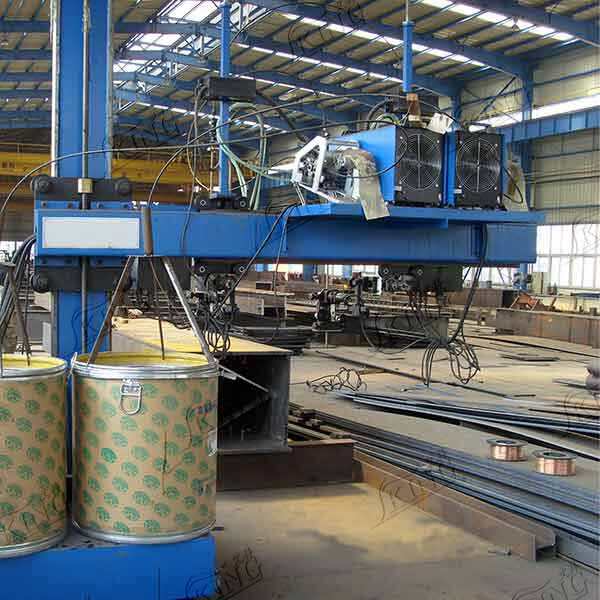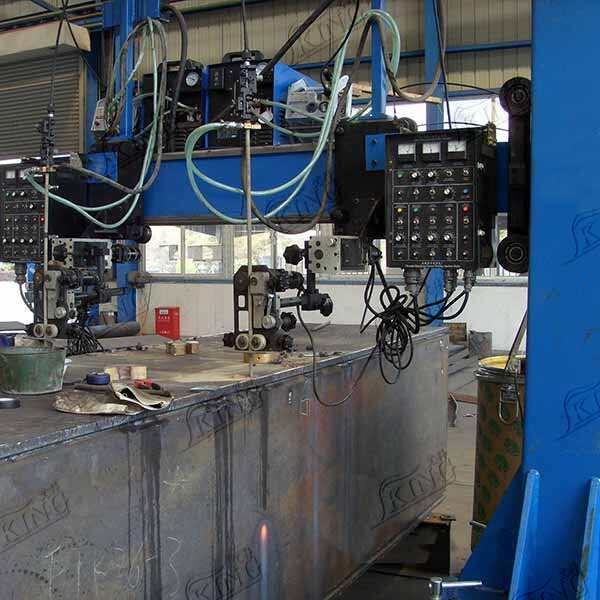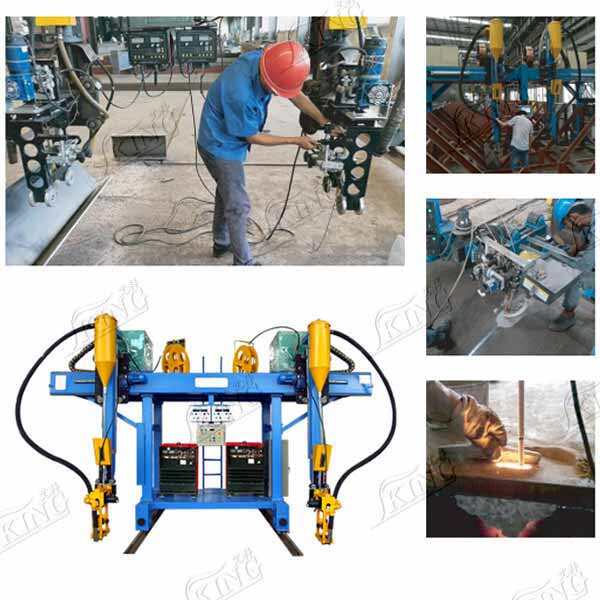aplicaciones de soldadura por escoria eléctrica
La soldadura por electroescoria (ESW) representa un proceso de soldadura altamente especializado y eficiente, diseñado para unir placas metálicas gruesas en posición vertical. Esta técnica avanzada utiliza el calentamiento por resistencia eléctrica y escoria fundida para lograr una penetración profunda y una calidad superior de la soldadura. El proceso comienza con una piscina de escoria fundida mantenida por una corriente eléctrica que pasa entre el electrodo y la pieza de trabajo, generando un calor intenso que derrite tanto el metal de aporte como los bordes del material base. El metal fundido está protegido por la piscina de escoria, que evita la oxidación y garantiza soldaduras limpias y de alta calidad. La ESW destaca especialmente por su capacidad de completar soldaduras en secciones gruesas en un solo pase, lo que la convierte en una tecnología invaluable en industrias donde se requiere fabricación a gran escala. La tecnología sobresale en aplicaciones que implican placas de entre 1 y 12 pulgadas de espesor, ofreciendo ventajas significativas en términos de eficiencia y rentabilidad. Las aplicaciones más comunes incluyen la fabricación de equipos pesados, recipientes a presión, vigas de puentes y columnas de edificios. Este proceso proporciona resultados consistentes y de alta calidad con mínima distorsión y propiedades mecánicas superiores, lo que lo convierte en una tecnología esencial en las operaciones modernas de soldadura industrial.


